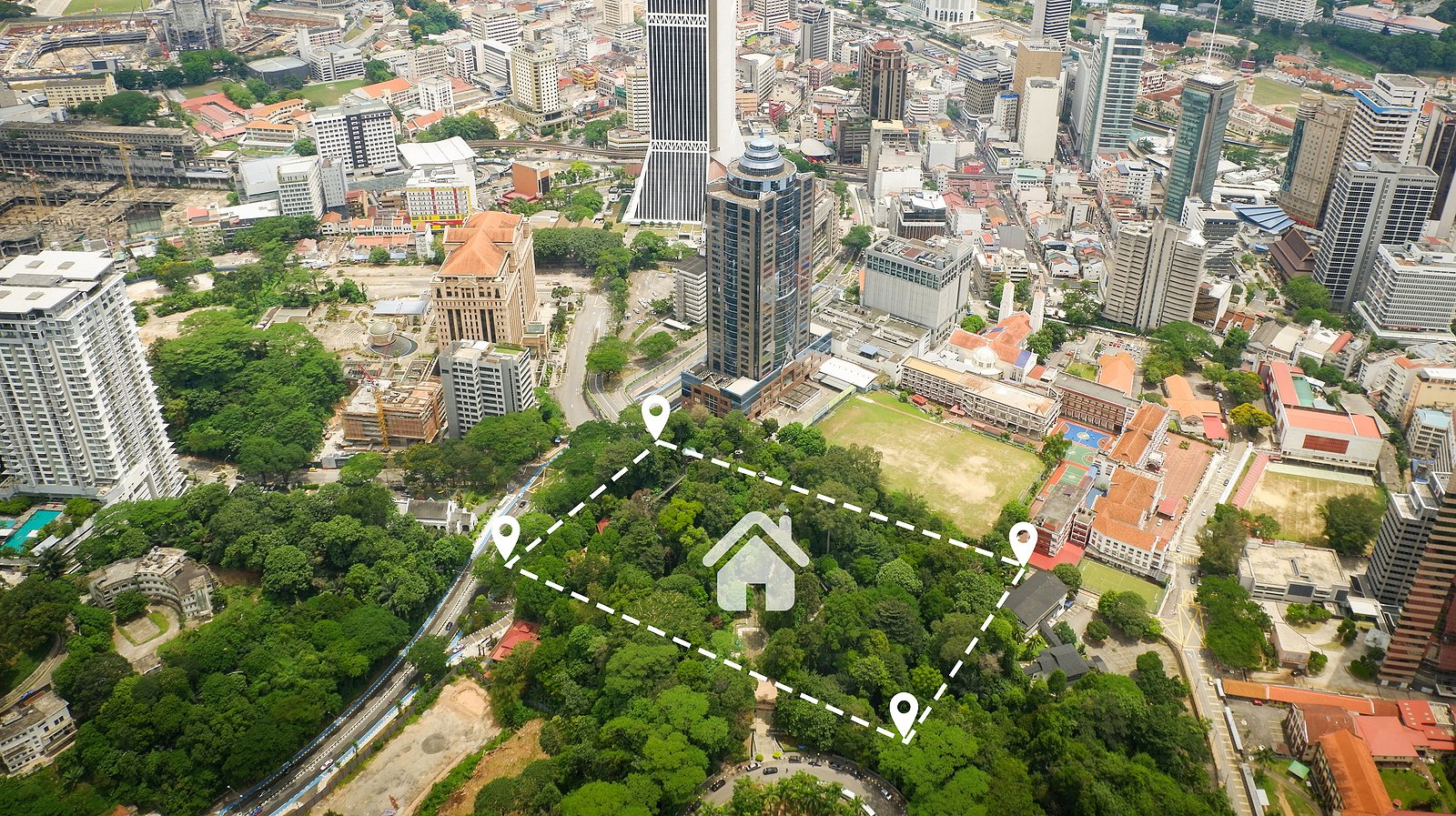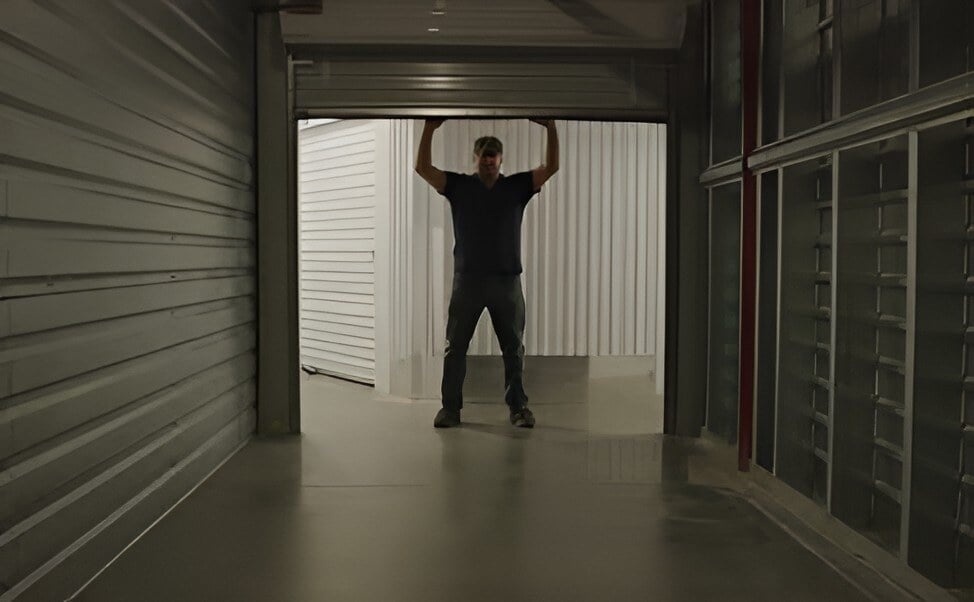Why conversions?
Traditionally, there are two main factors that drive self-storage owners to consider conversions: Escalating land prices and scarcity of available real estate. Even with the Great Recession which has plagued the economy these two factors haven’t changed to any great extent.
Here are some of the important issues that make conversions attractive today:
Location — It’s no secret that the first priority for success in the self-storage business is location. That’s because self-storage is a retail business. Easy and convenient access is paramount. An advantage of conversions is that many existing structures, particularly those that housed retail businesses, are already strategically located for self-storage in heavily populated urban areas, which is ideal for self-storage use.
One positive wrinkle that should encourage conversion investors is that many of the empty retail buildings have been on the market long enough that sellers are ready to unload these properties at lower prices. Then, too, because urban locations are densely populated, the owner has already solved one of his biggest challenges – the need for good demographics and the ability to tap into a sufficient number of potential customers in his market area.
But urban locations are not the only opportunity for conversions. Some suburban areas are undergoing changes in zoning and in the retail landscape. For example, many department stores have abandoned smaller structures for the larger “big box” warehouse concept. This frees up more existing suburban buildings for self-storage use.
]]>









